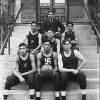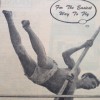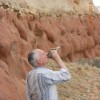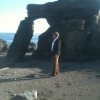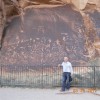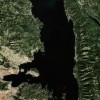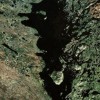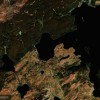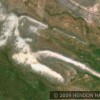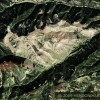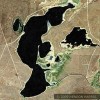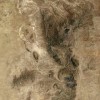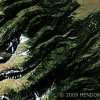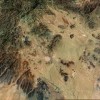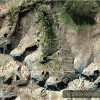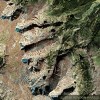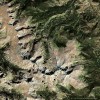
The Six Horses of Li ShiMin & The Harris Horse (What Do They Have In Common?)
Posted on Saturday, November 20th, 2010
“On armored horses the Emperor won the world under Heaven, and stone images of the Six Steeds are as distinguished as their battle achievements”
Chinese history has not been widely studied or appreciated in the western world in spite of the volumes of documents that exist on the subject. However this is slowly changing as more people come to realize the impact that China and the rest of Asia had on the development of civilization and science. (“The Genius of China” by Robert Temple)
One of the most fascinating personalities in Chinese history has to be Li ShiMin later to be known as Emperor TaiZong, Tang Dynasty. Although he only reigned from 626 CE to 649 CE (23 years) “he is typically considered one of the greatest rulers in Chinese history” and a founder of the Tang Dynasty. His bravery was legendary. He was a true leader of men and his country and although he was not one to trifle with as his brothers learned the hard way he was understanding of the cultures of others and used that understanding for the strength of his empire. This was particularly true of the Turkic tribes who before and after his reign posed problems for northern China but who Li ShiMin employed to expand Tang Dynasty control.
Li ShiMin’s understanding of the Northern Tribes was deep and nowhere was this more evident than in their mutual appreciation for their horses. In the battles to unify China Li ShiMin personally led his troops and had four of his own horses killed out from under him in the process. When his massive tomb was built (Zhaoling) he had those four horses and two others memorialized there with stone carvings. Those stone carvings exist to this very day and are an inspiration to many. Two of these carvings are at the University of Pennsylvania museum in the United States and the other four are housed in the Museum of Ancient Steles in Shaanxi, China.
“Before they were sculptured renderings were first drawn by the great Tang painter Yan Liben, who based the Steeds images, names and backgrounds on fact”.
- Te Le Bioa (China)
- Quing Zhui (China)
- Shi Fa Chi (China)
- Sa Lu Zi (USA)
- Quan Mao (USA)
- Bai Ti Wu (China)
“The Six Steeds of Zhaoling” carvings are rare cultural relics and indicative of accomplishments of ancient China’s sculptors”.
What does the Harris Horse have in common with Li ShiMin’s six steeds?
- Although dramatically different in size (Li ShiMin’s horse images are 2.5 meters high by 3 meters wide) they are both highly detailed stone carvings of horses.
- Both sets of images are of Tang Dynasty style horses.
- Both sets have the same Asian style saddle with high front and rear pommels
- Both sets have stirrups.
- Both sets have cinch belts.
- Both sets have crupper (belts). (The Harris Horse’s crupper is worn but visible and an important proof that this is in fact man made).
- Both sets have the identical shortened and groomed tail of the Tang Dynasty Horse (This is another critical proof that this horse is Asian made).
- Asian Lady Lake as an Eye
I cannot explain the size of the Harris Horse. At this present time it is unexplainable. Even using today’s technology it would almost be impossible to construct.
Many refuse to accept the Harris Horse as a man made geoglyph (art) because they cannot explain how, when, or why it was created. I don’t believe that one must know those answers before recognizing that an image like the Harris Horse has far too many correct features in the correct locations to be anything other than what it appears to represent. Ultimately I believe that this question can be solved scientifically by using the laws of probability (odds) just as in how DNA and finger printing is done.
I remain persuaded that the Harris Horse is a man made creation of a Tang Dynasty style horse located in Wyoming and Northern Colorado, USA.
The Beak of the 10th Sun Raven STILL GLOWS!
